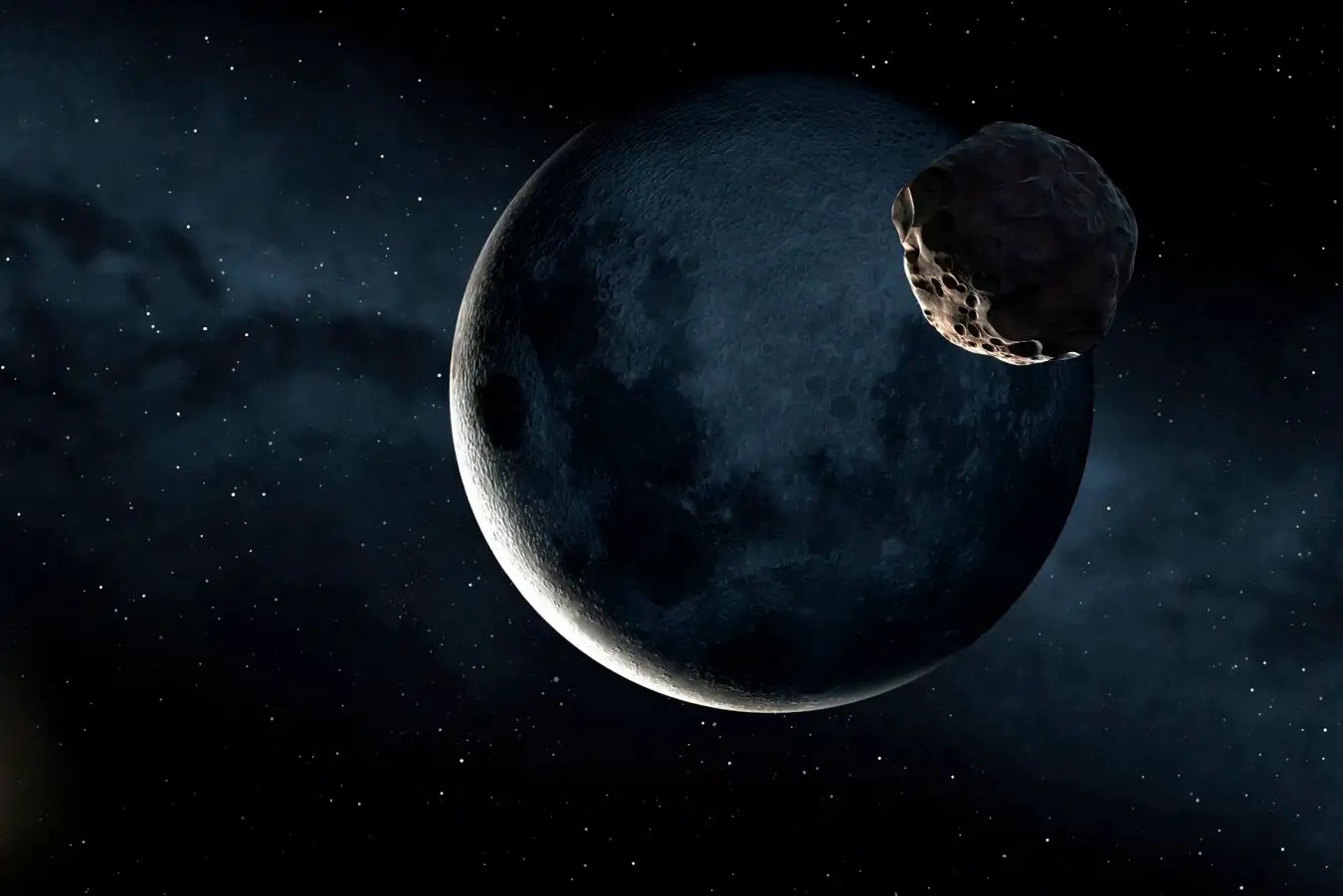A looming deadline hangs over the possibility of a moon-smashing asteroid impact, with astronomers anxiously awaiting crucial data from the James Webb Space Telescope (JWST). The asteroid in question, 2024 YR4, was initially flagged as potentially dangerous due to its close approach to Earth. While calculations have ruled out a direct hit on our planet, it still carries a concerning 4% risk of colliding with the moon in 2032 — far higher than any other known asteroid.
This potential impact isn’t just an astronomical curiosity; it poses a real threat to thousands of critical satellites orbiting Earth. Fragments from a lunar collision could rain down on these vital communication and navigation tools, disrupting services essential for modern life.
A Glimmer of Hope Amidst Uncertainty
Initially, astronomers feared they had limited time to assess the danger posed by 2024 YR4. The asteroid vanished from view of Earth-based telescopes shortly after its discovery in late 2022, leaving scientists without clear trajectory data until it reappeared in 2028. This short window would have made planning a potential deflection mission incredibly challenging.
However, a last-minute chance for observation has emerged: the JWST, positioned at a unique vantage point beyond Earth’s atmosphere, will briefly catch sight of 2024 YR4 in February 2026. This will be crucial because it provides valuable insights into the asteroid’s precise path and speed.
A Gamble Worth Taking?
Even with JWST’s powerful instruments, detecting 2024 YR4 will be a Herculean task due to its faintness. Nonetheless, scientists hope these observations could dramatically refine our understanding of the impact risk. Calculations suggest there’s an 80% chance that the lunar collision odds could drop below 1%, but a more unsettling possibility exists: the risk could surge past 30%.
The decision-makers at space agencies around the world now face a stark dilemma: act preemptively on a heightened but still uncertain threat, or wait until 2027 for another JWST observation and risk running out of time. This question touches upon broader issues surrounding planetary defense; should protecting satellites in lunar orbit be considered alongside safeguarding Earth itself?
“Whether planetary defence extends to the moon is a totally new question and different agencies might have different answers,” says Andrew Rivkin, an astronomer at Johns Hopkins University who’s leading this crucial observation effort. “If a company owns a whole lot of satellites, they might be motivated to push for one thing.”
The coming months will see a tense wait-and-see approach from the global space community as we inch closer to that February 2026 deadline. Will the James Webb Space Telescope offer enough clarity to justify an expensive and ambitious mission to avert a potentially catastrophic lunar strike? The stakes are undeniably high.
